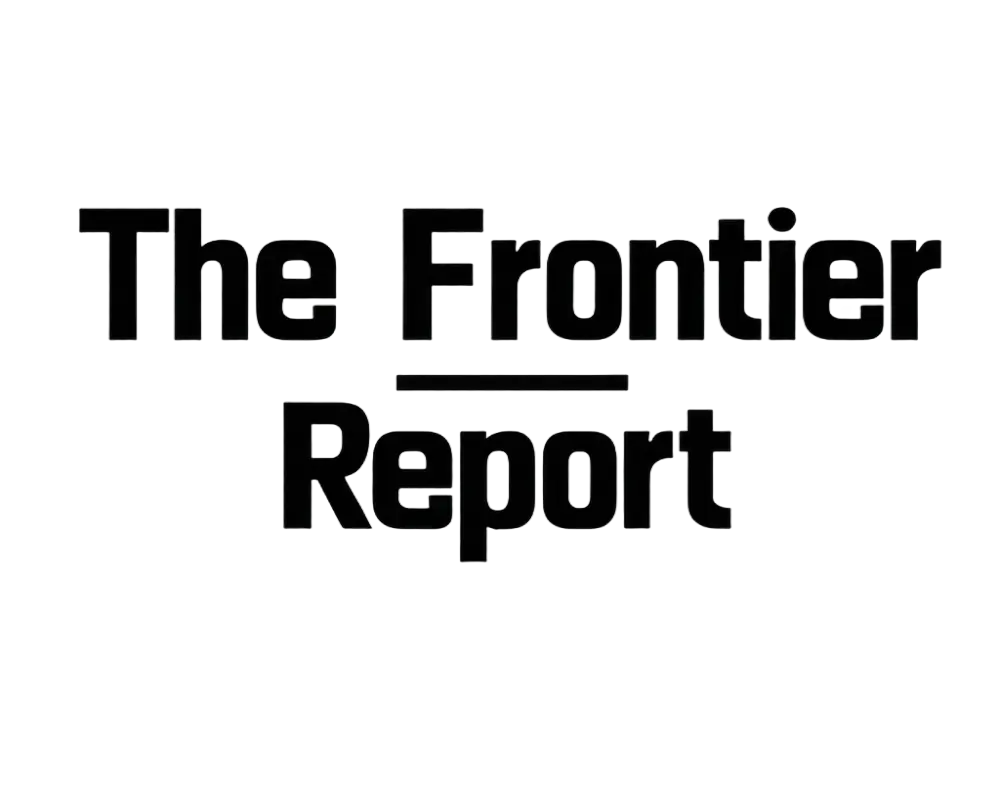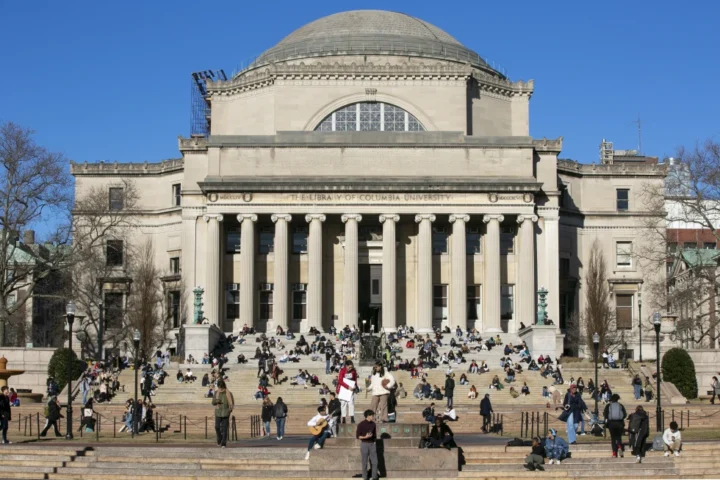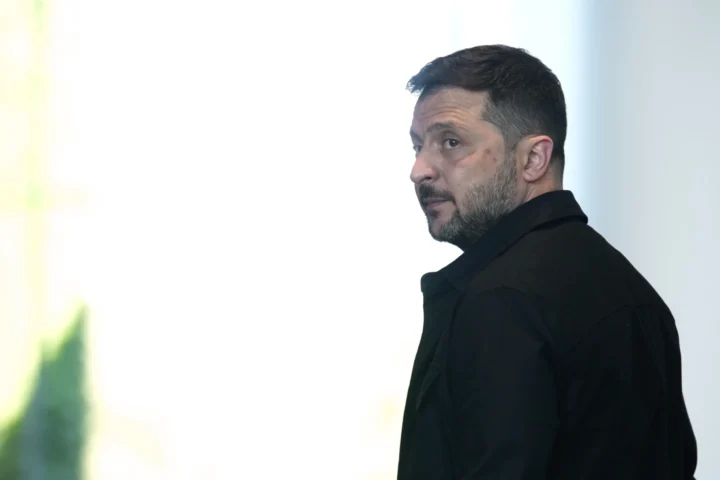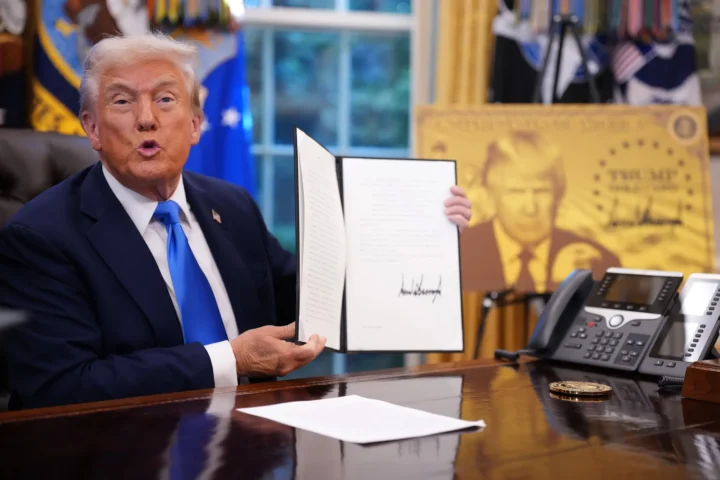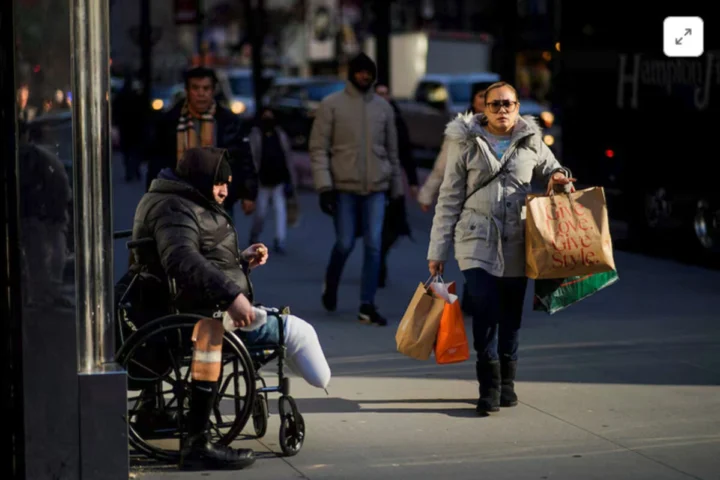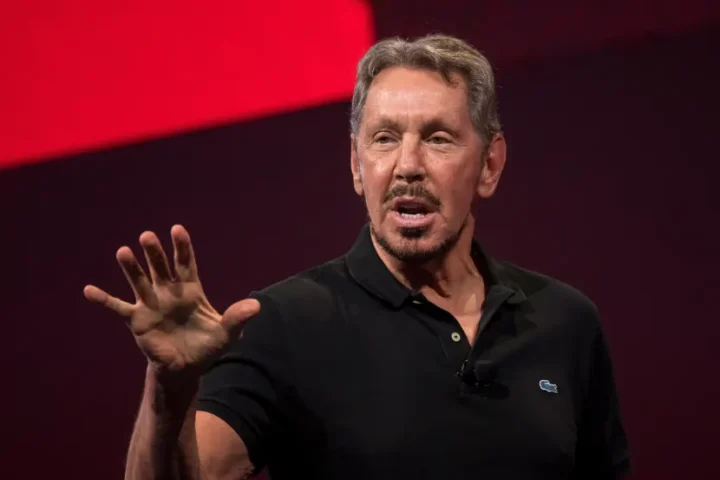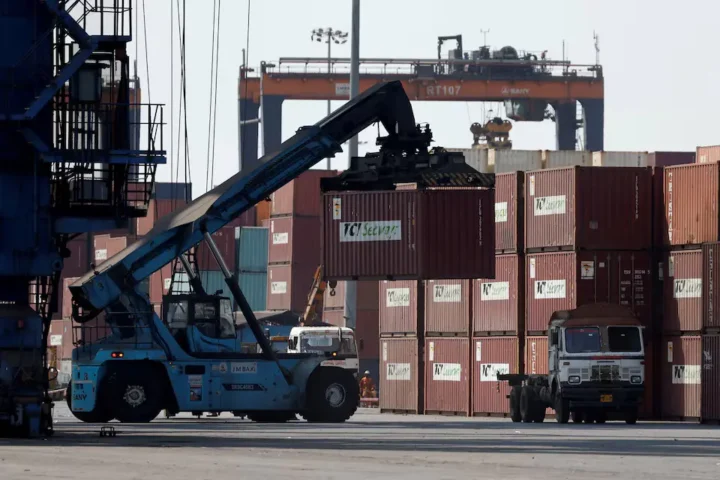Starbucks is doubling down on its return-to-office (RTO) requirement, asking corporate staff to spend four days in the office from October 2025—up from the current three days—as part of CEO Brian Niccol’s battle-hardened turnaround plan to resuscitate ailing U.S. sales. The policy, rolled out July 14, covers support centers in Seattle and Toronto and North America regional offices and all carry with them relocation needs for managers and exit bonuses for objectors.

The Four-Day Office Mandate
Under the new policy, corporate employees must work on-site Monday through Thursday, with limited exceptions for travel or personal needs. Niccol framed the shift as critical to fostering collaboration: “We do our best work when we’re together. We work better together, brainstorm more innovatively, and get more done in much less time” 58. The shift is part of a broader industry movement, as companies like Amazon (five days), Disney (four days), and JPMorgan (five days for managing directors) reel back pandemic-esque flexibility in remote work 10
Employees who refuse to abide may take a one-off voluntary severance deal with monetary incentive, although conditions of payment system are undisclosed. Niccol admitted the policy will be controversial but asserted that it was the necessary measure for Starbucks’ recovery: “As a company built on human connection, this is the right path
Relocation Needs and Double Standards in Leadership
The policy also requests all “people leaders”–managers and above–to relocate to Seattle or Toronto within 12 months, building on an earlier requirement for VPs 913. New hires and transfers into the job will also be subject to reporting from those locations.
The mandate has sparked backlash due to Niccol’s own remote-work privileges. When hired in 2024, his contract allowed him to work from Newport Beach, California, with a dedicated office and corporate jet access to Seattle. While Starbucks clarified he now has a Seattle residence and “defaults” to in-office work when not traveling, employees criticize the inconsistency 158. “The hypocrisy is glaring,” one anonymous employee told The HR Digest. “We’re told to prioritize office culture while the CEO got special treatment.
Turnaround Strategy and Cost-Savings
The RTO program is just one aspect of Niccol’s entire “Back to Starbucks” turnaround strategy for reversing a 1% Q2 2025 sales slump 69. Other strategies are:
- Streamlining menus and shortening drink service to four minutes 1.
- Resurrecting in-store experience products (e.g., ceramic mugs, condiment bars) and eliminating free facility usage by non-payers.
- Letting go of 1,100 employees in February 2025 and freezing hundreds of open positions.
Experts are also unconvinced. Starbucks shares dropped 2% upon the announcement of RTO, with Melius Research urging investors to sell on an “unproven turnaround.
Industry-Wide RTO Trends and Employee Resistance
Starbucks is among a number of companies reversing work-from-home policies, though the data indicate just 50% utilization of offices across the country in 2025 10. Employees have complained about similar requirements elsewhere, like at Amazon and Google, with some choosing to resign rather than comply. Within Starbucks, surveys suggest dissatisfaction with lost flexibility—a benefit 45% of hybrid workers in the U.S. continue to enjoy

